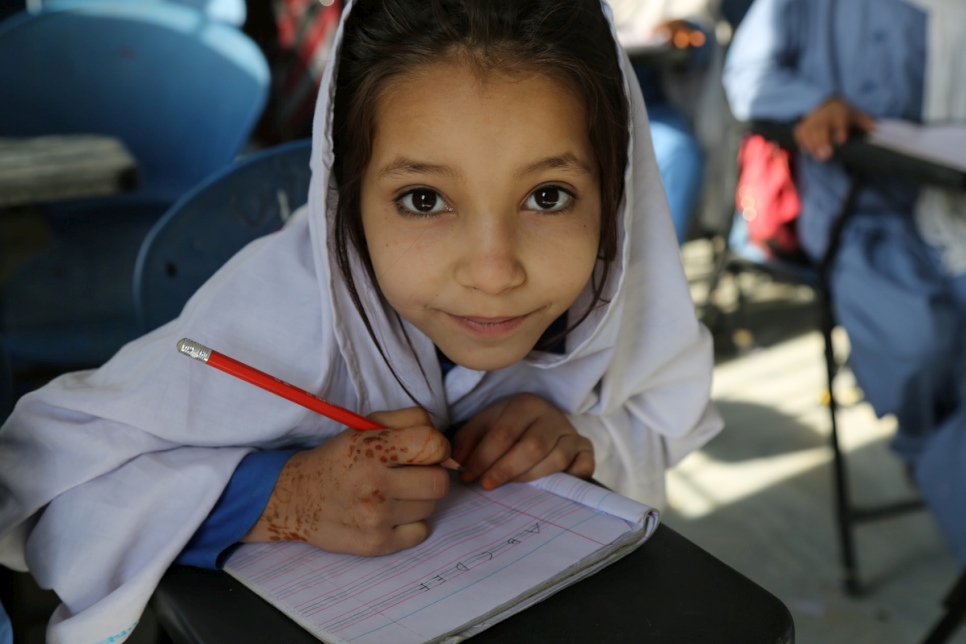The Struggle for Equality – Why Girls Lose Out
Why Education for Refugees Matters
Source, UNHCR; https://www.unhcr.org/the-struggle-for-equality.html
At global level, for every ten refugee boys in primary school there are fewer than eight refugee girls; at secondary school the figure is worse, with fewer than seven refugee girls for every ten refugee boys.
Getting a primary education is difficult enough for girls, but obtaining a place in secondary school is harder still. There are fewer secondary schools in most refugee environments and girls frequently lose out. The coping mechanisms to which families often resort in order to bring in money can end a girl’s education chances for good. Culturally, there may be resistance in some communities to the idea of girls staying in school into their teens.
Yet the need for girls to remain in school for longer is clear and urgent. Globally, educated mothers are more likely to have smaller, healthier and better educated families. Education has helped reduce the rates of child marriage, teenage pregnancy, and maternal and infant mortality, as well as leading to improvements in child health. Educated mothers are more likely to ensure water is clean, seek help when a child is ill and have their children vaccinated. Since they are more aware of their surroundings, including sources of help as well as of danger, educated women are better equipped to protect their children from threats of all kinds.
The need for girls to remain in school for longer is clear and urgent.
In fact, UNESCO estimates that educating mothers to lower secondary education in sub-Saharan Africa by 2030 could prevent 3.5 million child deaths between 2050 and 2060. In addition, if all girls were educated at secondary education level, it is estimated that child marriage for girls could fall by almost two-thirds, while 59 per cent fewer girls would become pregnant in sub-Saharan Africa and south and west Asia, which are among the top hosting regions for refugees.
The benefits of educating girls are wide reaching. Many girls talk of the new respect they receive in their communities as a result of completing secondary school, giving them the confidence to speak out and to become leaders in their own right. Those who reach higher education, such as Esther, act as much-needed role models for succeeding generations.
Women with a secondary education are more likely to ensure that their own children go to school.
At global level, for every ten refugee boys in primary school there are fewer than eight refugee girls; at secondary school the figure is worse, with fewer than seven refugee girls for every ten refugee boys. Among populations where there are significant cultural barriers to girls’ education, the difference is stark. In Pakistan, for example, 47 per cent of Afghan boys are enrolled at primary school, compared with 23 per cent of girls. Dropout rates among Afghan refugee girls are high – 90 per cent in some areas. As a result, the literacy rate for refugee girls and women in Pakistan is less than 8 per cent. This, in turn, means there are fewer female teachers who might encourage more girls to attend school, making it increasingly di cult with each generation to break the cycle.
That this is still possible against all the odds, is shown by the story of one dedicated teacher, Aqeela Asifi.

